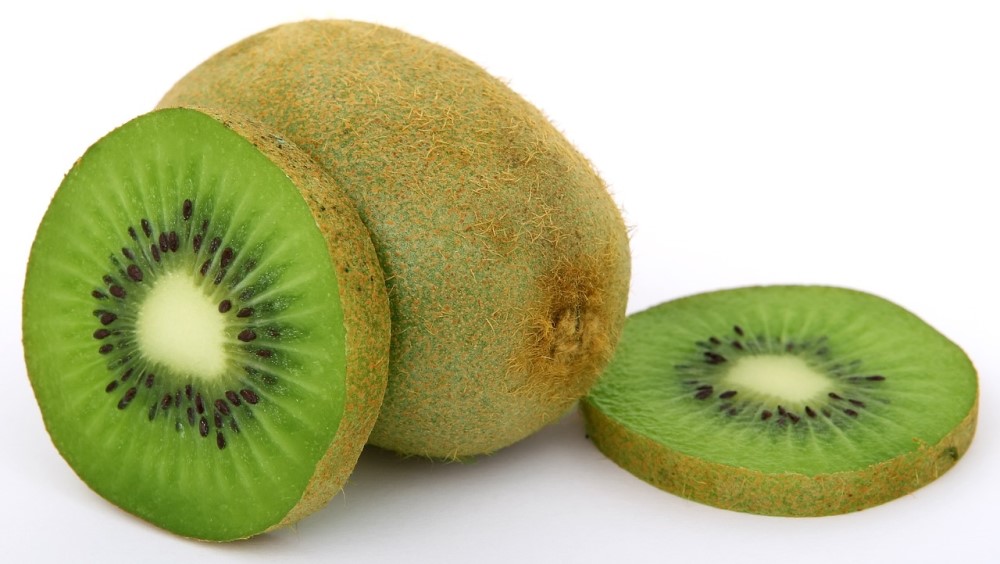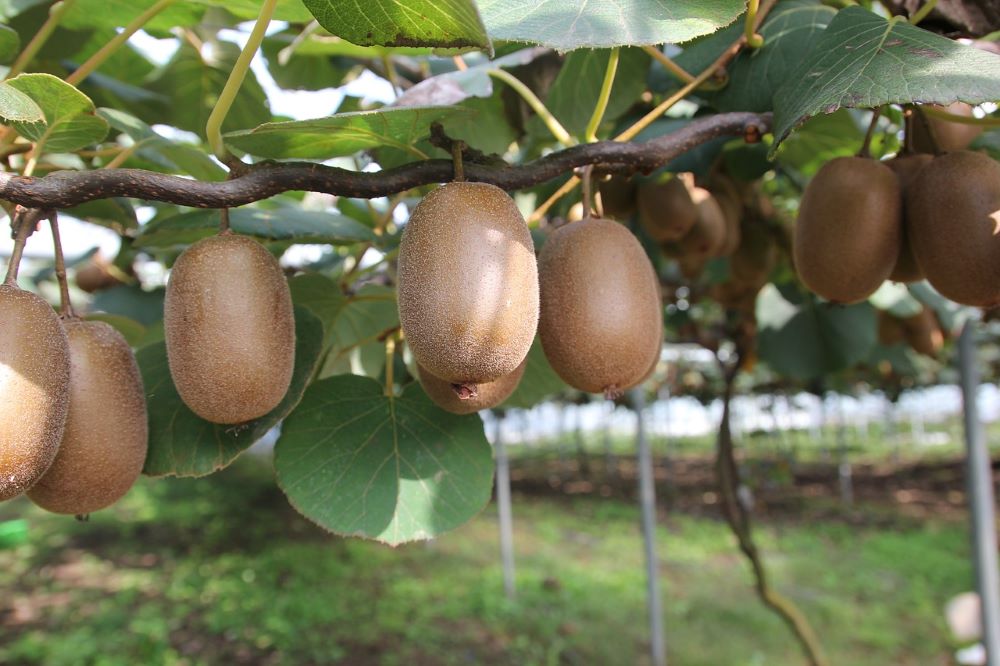Worms love kiwi fruit as it is high in fiber, soft and break down quickly. When adding kiwifruit to worm farms, always cut it into small pieces or slices ¼ of an inch thick to increase the surface area. Worms will eat both the kiwi fruit and the soil bacteria that will also break it down. Kiwi fruit makes a great ingredient for your worm farms and turns into great worm castings.
Kiwi peelings are also safe to add to your worm farm. They are easy for the worm to eat because they have a large surface area which makes it easy for worm and bacteria to break down. Worms will actually eat the soil bacteria consuming the kiwi fruit and turn the whole mix into worm castings.

This article will explore how to feed worms kiwi fruit to keep the moisture and acidity balance correct in your worm farm. Find out easy tips below for feeding kiwi to composting worms.
Tips for feeding worms kiwi fruit
Composting worms will consume kiwi quickly and easily if you follow these steps. They will also help to keep the moisture an acidity balance in your worm bin correct.
1. Cut kiwi fruit into small cubes or slices
The first important step when adding kiwi to your worm farm is to cut it into small pieces. Smaller pieces of kiwi will have a larger surface area which makes it easier for your composting worms to eat.
Kiwi peel is perfect for worm farms because it already has a large surface area and has less moisture than the kiwi flesh.
Worms will eat good quality fresh kiwi as well as old, soft and rotting kiwi fruit. All of these should still be cut into smaller pieces if you can to increase the surface area.
Add half kiwi skins if you like to create a protected home for your worms. They will crawl inside to eat the kiwi skin and any leftover flesh.

2. Mix with other food scraps
When adding kiwi I always like to add a handful of other food scraps at the same time. Add vegetable scraps with kiwi low moisture content like carrot or pumpkin peelings to give the worms something else to snack on.
Worms will generally eat the softest or most broken down ingredients first. Kiwi will break down quickly in your worm farm so it is usually one of the first foods to be eaten.
3. Add small amounts of kiwi fruit at a time
Whole kiwi fruit contains a lot of moisture so it is important to only add small amounts. My small worm farm can break down 2 kiwi fruit over a 1-2 week period depending on the weather. In the warmer months my worms will break this down in a week while in fall it will take closer to 2 weeks as they slow down their activity.
Start off with 1-2 kiwi fruit cut up or the equivalent in skins. Skins contain less moisture so will not make your worm bin go soggy. If you do notice that your worm bin is becoming too wet, add some dry mulch or brown materials as described below.

4. Cover with a dry mulch or brown materials
Whole kiwi fruit contain a lot of moisture and can attract small vinegar flies if they are not covered. The best thing to do is to sprinkle a small amount of sugar cane, straw or lucerne mulch over the top of the kiwi when you add it.
These materials will absorb the extra moisture, deter vinegar flies and ants and help to protect the worms as they eat. The worms will eat the dry materials too over time making fantastic worm castings for your garden.
You can also use dry fall leaves or even dry corn husks as the dry material to balance your worm bin.
For more on feeding worms corn husks, check out my previous article here: Worm Composting Corn Husks | 5 Tips for Success
5. Cover with a worm blanket and lid
The final step to successfully feed your worms kiwi without attracting pests is to cover the contents with a worm blanket and lid. Worm blankets are essential for worm farms because they help to protect the worms and keep flies and other pests out. Worms will feel safe to dig their way up to the surface and eat the kiwi if they are covered with a blanket.
Commercial worm blankets work well because they are made from natural materials that the worms can eventually break down. If you don’t want to buy a blanket, recycle some materials you have at home to cover your worms. Use an old t-shirt, sheet or towel made from natural cotton or bamboo.
You can also cover the worm farm with thick cardboard or 6-7 layers of newspaper. Worm blankets help to create a dark environment for the worms to safely eat their food. They will recycle food scraps quicker and will help to avoid the food growing mold before the worms get to eat it.
Feeding Worms Kiwi Fruit | Summary
Kiwi fruit is a great food for worms because it is soft, high in fiber and breaks down quickly. Cut it into small pieces and add it with other food scraps to the surface of your worm bin. Cover the kiwi with straw or hay to help to absorb excess moisture and use a worm blanket to protect your worms.
Composting worms will break down food scraps quickly when the moisture and acidity balance is maintained in your worm bin. The best way to do this is to add a variety of fruit and vegetable scraps and avoid adding too much of any one ingredient.
My worms love to eat kiwi fruit as they get old and go soft. They will also happily eat kiwi skins which are always leftover after we have been eating kiwi at home.
Happy worm farming.
I am an accredited practicing dietitian, experienced gardener and a dedicated cook. I love writing and sharing my experience so you can learn from my successes and mistakes.
